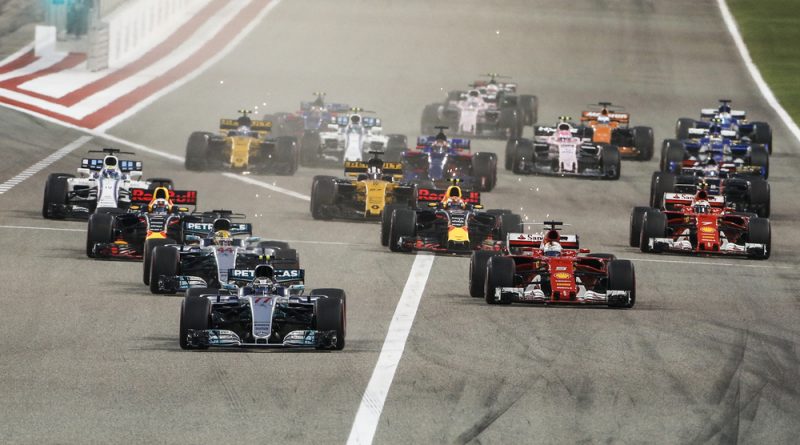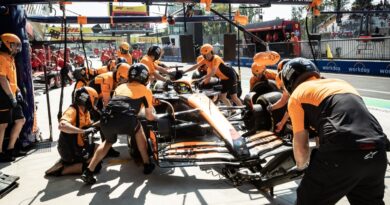The FIA is set to roll out a crucial update to its technical regulations at the upcoming Chinese Grand Prix, reinforcing its clampdown on rear wing flexibility following revelations from the Australian Grand Prix.
FIA’s War on Rear Wing Deflections Intensifies
After months of monitoring, the FIA has confirmed that some teams have found ways to bypass static tests to exploit a so-called “mini-DRS” effect. This discovery follows an extensive review in Melbourne, where high-resolution cameras captured clear evidence of excessive deflection in the rear wing assembly.
According to Autoracer.it, Red Bull’s technical director, Pierre Waché, previously hinted at the issue during Bahrain testing, stating, “We see that someone still uses the mini-DRS.” The FIA, determined to eliminate any gray areas, is now tightening the regulations even further.
New Technical Directive to Take Effect in China
From the Chinese GP onwards, an updated Technical Directive will be enforced to counteract these deflections. The most significant change will be a revision to Article 3.15.17, which governs the slot gap between the mainplane and the mobile wing. The FIA has drastically reduced the permissible slot gap under load:
- The new limit will be 0.5mm when a 750N load is applied, compared to the previous 2mm allowance.
- This represents a 75% reduction in flexibility tolerance, leaving minimal room for structural movement.
Previously, static tests alone were deemed sufficient to detect excessive flexing. However, with the FIA’s use of dedicated cameras and advanced monitoring techniques, it became clear that teams had engineered ways around these checks.
How This Impacts Performance
The crackdown follows data from the Australian Grand Prix that showed teams benefiting from a notable DRS-induced speed boost. The average DRS effect yielded an increase of 23 km/h, with team-specific gains recorded as follows:
- Mercedes: +24 km/h
- McLaren & Red Bull: +23 km/h
- Ferrari: +22 km/h
While these figures suggest a relatively even playing field, the FIA’s technical office remains firm on eradicating any artificial advantages linked to excessive flexing.
Who Will Be Hit the Hardest?
Unlike previous regulations that seemed to target specific teams, this directive is aimed at a widespread issue affecting multiple constructors. However, some teams are expected to feel the impact more than others, particularly those who have leaned heavily on flexible aerodynamic solutions.
The FIA’s tightening of these rules reflects its ongoing commitment to preserving fair competition and ensuring that performance gains are achieved within the spirit of the regulations. With the updated directive now in place, the Chinese Grand Prix will be the first real test of how teams adapt to this stricter interpretation of rear wing flexibility.




